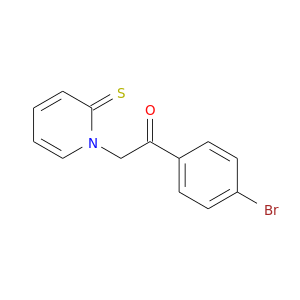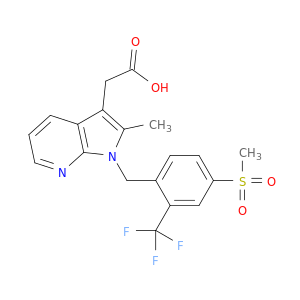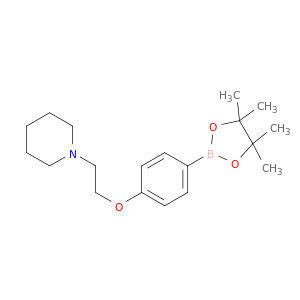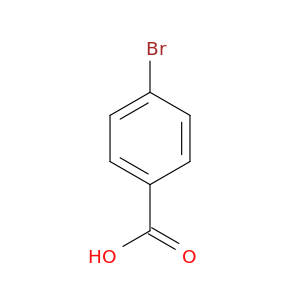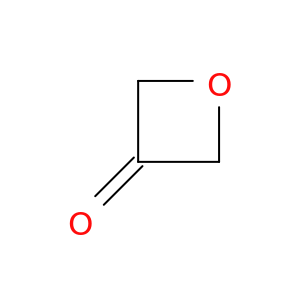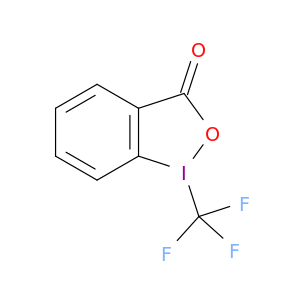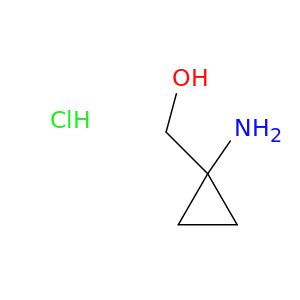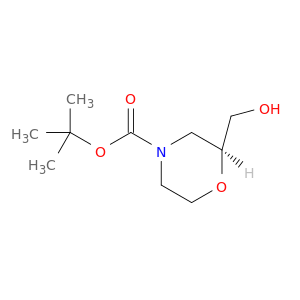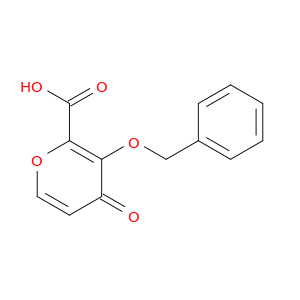200,000+ products from a single source!
sales@angenechem.com
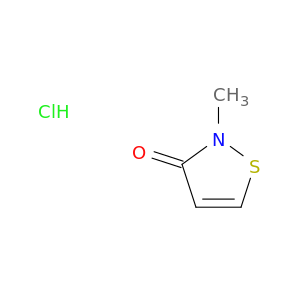
26172-54-3 | 3(2H)-Isothiazolone, 2-methyl-, hydrochloride (1:1)
CAS No: 26172-54-3 Catalog No: AG002RZY MDL No:MFCD06804636
Product Description
Catalog Number:
AG002RZY
Chemical Name:
3(2H)-Isothiazolone, 2-methyl-, hydrochloride (1:1)
CAS Number:
26172-54-3
Molecular Formula:
C4H6ClNOS
Molecular Weight:
151.6145
MDL Number:
MFCD06804636
IUPAC Name:
2-methyl-1,2-thiazol-3-one;hydrochloride
InChI:
InChI=1S/C4H5NOS.ClH/c1-5-4(6)2-3-7-5;/h2-3H,1H3;1H
InChI Key:
SJXPQSRCFCPWQQ-UHFFFAOYSA-N
SMILES:
Cn1sccc1=O.Cl
EC Number:
247-499-3
UNII:
3G9PNZ5P41
Properties
Complexity:
121
Compound Is Canonicalized:
Yes
Covalently-Bonded Unit Count:
2
Defined Atom Stereocenter Count:
0
Defined Bond Stereocenter Count:
0
Exact Mass:
150.986g/mol
Formal Charge:
0
Heavy Atom Count:
8
Hydrogen Bond Acceptor Count:
2
Hydrogen Bond Donor Count:
1
Isotope Atom Count:
0
Molecular Weight:
151.608g/mol
Monoisotopic Mass:
150.986g/mol
Rotatable Bond Count:
0
Topological Polar Surface Area:
45.6A^2
Undefined Atom Stereocenter Count:
0
Undefined Bond Stereocenter Count:
0
Literature
| Title | Journal |
|---|---|
| Methylisothiazolinone may induce cell death and inflammatory response through DNA damage in human liver epithelium cells. | Environmental toxicology 20180201 |
| Methylisothiazolinone: dermal and respiratory immune responses in mice. | Toxicology letters 20150615 |
| Presumed primary contact sensitization to methylisothiazolinone from paint: a chemical that became airborne. | Contact dermatitis 20120601 |
| Allergic contact dermatitis caused by methylisothiazolinone from a 'waist reduction belt'. | Contact dermatitis 20120601 |
| Abnormal visual processing and increased seizure susceptibility result from developmental exposure to the biocide methylisothiazolinone. | Neuroscience 20120315 |
| Methylisothiazolinone contact allergy: a review. | The British journal of dermatology 20111201 |
| Effects of 5-chloro-2-methyl-4-isothiazolin-3-one and other candidate biodiesel biocides on rat alveolar macrophages and NR8383 cells. | Archives of toxicology 20111101 |
| Two cases of airborne allergic contact dermatitis caused by methylisothiazolinone in paint. | Contact dermatitis 20110901 |
| Methylisothiazolinone contact allergy and dose-response relationships. | Contact dermatitis 20110601 |
| Contact allergy to methylisothiazolinone in a deodorant. | Contact dermatitis 20110501 |
| Contact sensitization to methylisothiazolinone in Finland--a multicentre study. | Contact dermatitis 20110101 |
| Moist toilet paper: allergy to the nonhalogenated derivative methylisothiazolinone preservative alone. | Archives of dermatology 20101001 |
| Methylisothiazolinone, an emerging allergen in cosmetics? | Contact dermatitis 20100801 |
| Final report of the safety assessment of methylisothiazolinone. | International journal of toxicology 20100701 |
| Concomitant contact allergy to methylchloroisothiazolinone/methylisothiazolinone and formaldehyde-releasing preservatives. | Contact dermatitis 20100101 |
| Identifying the optimal patch test concentration for methylchloroisothiazolinone and methylisothiazolinone. | Contact dermatitis 20090501 |
| Mechanistic assessment of peptide reactivity assay to predict skin allergens with Kathon CG isothiazolinones. | Toxicology in vitro : an international journal published in association with BIBRA 20090401 |
| Role of intracellular calcium and S-glutathionylation in cell death induced by a mixture of isothiazolinones in HL60 cells. | Biochimica et biophysica acta 20090301 |
| [Allergic contact dermatitis to cosmetics]. | Actas dermo-sifiliograficas 20090101 |
| Alkalization of wall paint prevents airborne contact dermatitis in patients with sensitization to isothiazolinones. | Contact dermatitis 20080801 |
| Cross-reactivity between methylchloroisothiazolinone/methylisothiazolinone, methylisothiazolinone, and other isothiazolinones in workers at a plant producing binders for paints and glues. | Contact dermatitis 20080101 |
| Antifungal activities of bronopol and 2-methyl-4-isothiazolin-3-one (MT) against saprolegnia. | Biocontrol science 20071201 |
| 'Dermatologically tested' baby toilet tissues: a cause of allergic contact dermatitis in adults. | Contact dermatitis 20070801 |
| An evaluation of dose/unit area and time as key factors influencing the elicitation capacity of methylchloroisothiazolinone/methylisothiazolinone (MCI/MI) in MCI/MI-allergic patients. | Contact dermatitis 20060901 |
| Methylisothiazolinone, a neurotoxic biocide, disrupts the association of SRC family tyrosine kinases with focal adhesion kinase in developing cortical neurons. | The Journal of pharmacology and experimental therapeutics 20060601 |
| Contact dermatitis from methylisothiazolinone in a paint factory. | Contact dermatitis 20060601 |
| Microsphere-based protease assays and screening application for lethal factor and factor Xa. | Cytometry. Part A : the journal of the International Society for Analytical Cytology 20060501 |
| A sensitive radioimmunoassay of insulin autoantibody: reduction of non-specific binding of [125I]insulin. | Journal of autoimmunity 20060301 |
| GSH depletion, protein S-glutathionylation and mitochondrial transmembrane potential hyperpolarization are early events in initiation of cell death induced by a mixture of isothiazolinones in HL60 cells. | Biochimica et biophysica acta 20060201 |
| From experiment to theory: molecular orbital parameters to interpret the skin sensitization potential of 5-chloro-2-methylisothiazol-3-one and 2-methylisothiazol-3-one. | Chemical research in toxicology 20050201 |
| Covalent binding of the 13C-labeled skin sensitizers 5-chloro-2-methylisothiazol-3-one (MCI) and 2-methylisothiazol-3-one (MI) to a model peptide and glutathione. | Bioorganic & medicinal chemistry letters 20040119 |
| Contact sensitization to 5-chloro-2-methyl-4-isothiazolin-3-one and 2-methyl-4-isothiazolin-3-one in children. | Contact dermatitis 20031001 |
| Involvement of oxidative stress in apoptosis induced by a mixture of isothiazolinones in normal human keratinocytes. | The Journal of investigative dermatology 20030801 |
| Studies of chemical selectivity of hapten, reactivity, and skin sensitization potency. 3. Synthesis and studies on the reactivity toward model nucleophiles of the 13C-labeled skin sensitizers, 5-chloro-2-methylisothiazol-3-one (MCI) and 2-methylisothiazol-3-one (MI). | Chemical research in toxicology 20030501 |
| Coupling of contact sensitizers to thiol groups is a key event for the activation of monocytes and monocyte-derived dendritic cells. | The Journal of investigative dermatology 20030201 |
| In vitro neurotoxicity of methylisothiazolinone, a commonly used industrial and household biocide, proceeds via a zinc and extracellular signal-regulated kinase mitogen-activated protein kinase-dependent pathway. | The Journal of neuroscience : the official journal of the Society for Neuroscience 20020901 |
| Monitoring levels of preservative sensitivity in Europe. A 10-year overview (1991-2000). | Contact dermatitis 20020401 |
| In vitro induction of apoptosis vs. necrosis by widely used preservatives: 2-phenoxyethanol, a mixture of isothiazolinones, imidazolidinyl urea and 1,2-pentanediol. | Biochemical pharmacology 20020201 |
| Occupational allergic contact dermatitis from methylchloroisothiazolinone and methylisothiazolinone (MCI/MI) in a silicone-emulsion lock lubricant. | Contact dermatitis 20010401 |
Related Products
Featured Products
© 2019 Angene International Limited. All rights Reserved.


